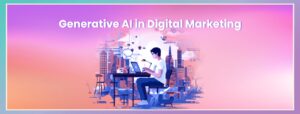The Psychology of colors in Marketing
While color psychology has been studied and analyzed over time, the psychological impact of color remains moderately subjective.

We don’t all react a similar way to colors, as we all have previous experiences with colors from significant events, cultures, people, and memories. However, there are a couple of generalities about how people react to color, and that is what we’re getting to check out.
The Color Psychology:
Red may be a very powerful, dynamic color that reflects love, or to portray terror, fear, and survival.
Red is usually seen: Stop lights, Valentine Day, and horror films.

Orange features a very interesting psychological meaning because it combines red’s power and energy with yellow’s friendliness and fun.
Orange is usually seen: Fruits, sporting events, and board games.
Yellow is that the epitome of joy, happiness, cheerfulness, optimism—Anything happy is nearly always yellow.
Green may be a color of balance and harmony. It’s one among the most-seen colors in nature reflecting life, rest, and peace.
Green is usually seen: Nature, economic exchange, health-based stores, and restaurants.
Blue is understood for its trust and dependability. It’s reliable, responsible, and mentally soothing.
Blue is usually seen: Workout facilities, hospitals, and spas.
Purple is most ordinarily known for its imagination and spirituality. Purple is usually accustomed to show luxury, loyalty, courage, mystery, and magic.
Purple is usually seen: Magic shows, fairy tales, and luxury products.
Pink may be a softer, less intense version of red that makes a way of compassion and unconditional love.
Pink is usually seen: Cancer patients, little kid objects, shower room products.
Across the planet, though, gold consistently represents some variation of charm, confidence, luxury, and treasure.
Gold is usually seen: Luxury products, rings, and trophies.
Black may be a color of sophistication, seriousness, control, and independence. Although, it can even be accustomed show evil, mystery, depression, and even death.
Black is usually seen: Professional attire, luxury products, and limos.
White is color that’s complete and pure, making it an ideal example of purity, innocence, cleanliness, and peace.
White is usually seen: Weddings, website backgrounds, and doctor’s waiting rooms.
Preferred Colors By Gender
Compiling the results of the many studies, we find, an infographic on how men and ladies experience and react to paint differently.
According to both the Kissmetrics blog and Hallock:
• Blue is that the favoured color by both men (57%) and ladies (35%), though it’s more heavily favoured by men.
• Men dislike brown the foremost while women dislike orange the foremost.
• Colors that were disliked were also seen as “cheap.”
• Men tolerate achromatic colors (i.e., reminder Gray) better.
• Women preferred tints while men preferred pure or shaded colors.
• A majority of men (56%) and ladies (76%) preferred cool colors generally.
• Orange and yellow grow increasingly disliked as both genders grow old.
Women see more colors than men, generally. they’re more conscious of slight color differences within a color range.
Color & Brand Recognition
How people behave once they see color features a direct effect on your conversions. Will they click the button on your CTA? Will they read your pop-up graphic? Will they notice your email subscription box?

According to the Institute for Color Research, people make a judgment about your content in 90 seconds or less. And, up to 90% of that judgment therein brief amount of your time is influenced by the colours they see. Blogger Neil Patel gives further proof of how colors affect your conversion rate, revealing that 85% of consumers base buying decisions on color, which full-color ads in magazines get recognized 26% more often than plain old black and white ads.
In fact, color helps people recognize your brand by up to 80%. it is vital to settle on your color carefully, and persist with it.
When it involves getting people to click a button or check in, it isn’t an issue of which color is magic and makes it happen all the time. it is a question of passive and active colors, of high and low contrasts, and of opposites.
Credits for the image: Hubspot & Pinterest












Very nicely illustrated 👍